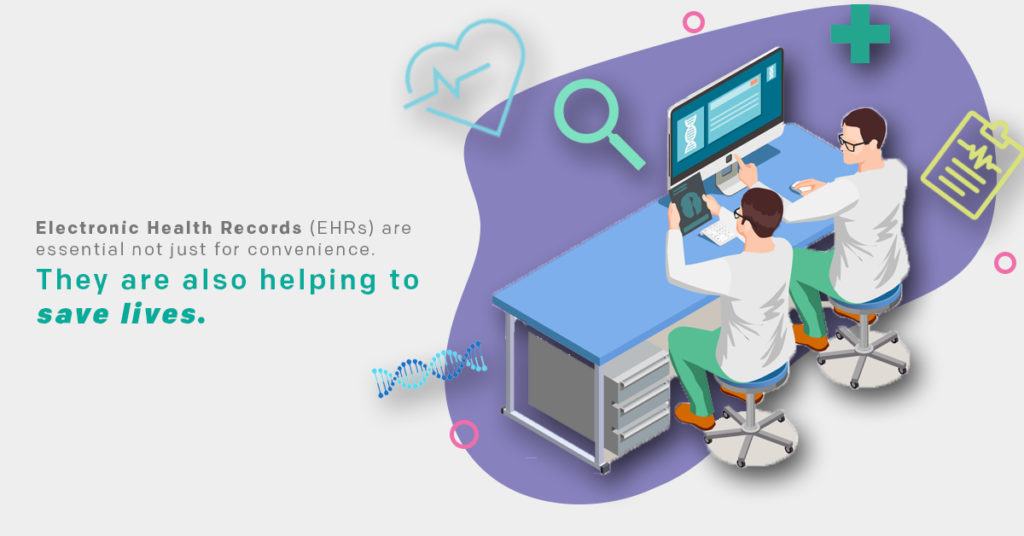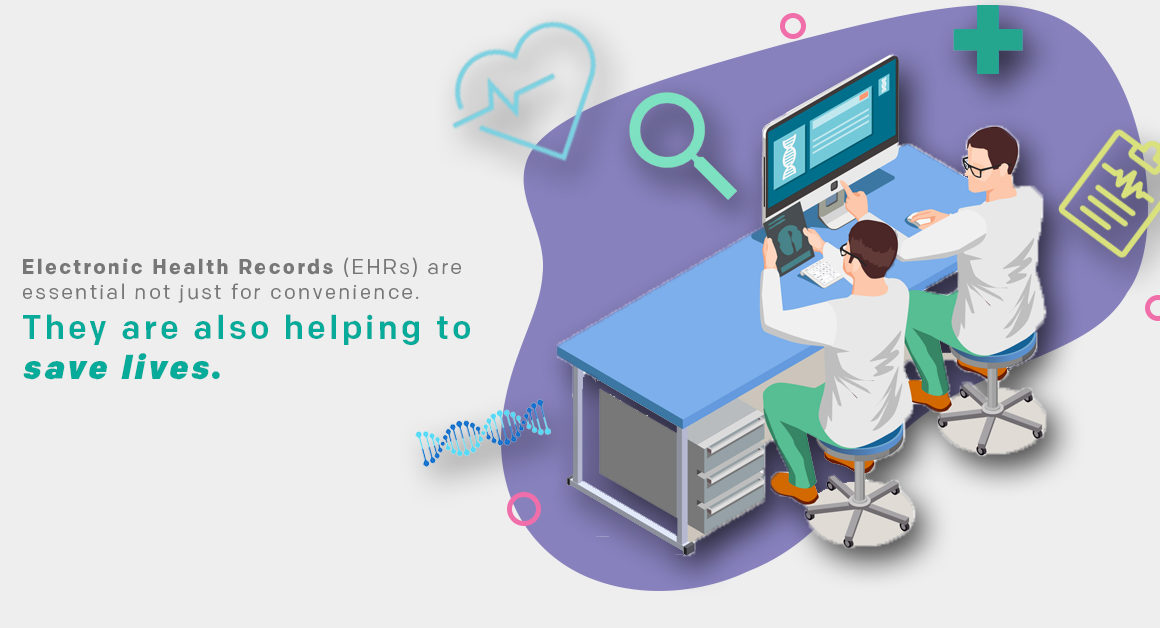Electronic Health Records (EHRs) Save Lives: The Essential Need to Transition from Paper to Digital Records

We live in a digital world where everything is going electronic—and as it should be. But, when it comes to the medical world it may be surprising to know that many patient files or medical records are still in paper forms and ultimately slowing down medical care.
In recent decades, Electronic Health Records (EHRs) have been taking the medical industry by storm—especially and critically more so in recent times. In a transition away from long paper trails, hospitals and clinics have been digitizing their medical records management. The hope is that EHRs won’t just be more efficient: they’ll save lives.
The impact of converting paper records to EHRs, and digital documentation in general, can be evident on many levels that include:
1. Emergency care
Health emergencies are often complicated by lack of information. Health workers who arrive on the scene of an emergency don’t necessarily know a patient’s background. With EHRs, emergency workers could have instant access to a patient’s file, informing care. This could range from a patient’s blood type to his/her current health conditions. Imagine emergency workers who already know when they arrive that the patient has a history of heart failure, for example.
2. Red flag alerts
However, EHRs go beyond emergency care. Digital medical records management gives doctors access to a plethora of information. This may include updates about patients, or potential dangers with their care plan. For example, if a doctor prescribes a medication and enters it into the system, a red flag alert could appear about a potential drug interaction that may affect the patient. Red flag alerts are great for keeping drug allergies, missed appointments and other key information top of mind.
3. Aid in diagnosis
Some medical records management systems also go one step further and incorporate AI. With it, doctors can use the management system as a diagnosis aid, with AI suggesting potential conditions and treatments. This type of AI-powered system could help reduce medical error and let doctors weigh all the options.
4. Real-time coordination among experts
The current system of referrals, with patients moving among health experts, can result in non-coordinated care. It’s typical for a patient to experience delays between appointments, a lack of communication and overall non-integrated care. Sometimes vital treatment falls through the cracks and patients are unable to receive the timely care they need. With EHRs, medical experts are able to collaborate in real-time, allowing for consultations, test results and other medical decisions to take place as a coordinated effort. (Good results with EHRs have already been recorded in lung cancer patients.)
5. Personalized health monitoring
Finally, converting medical records to electronic ones can be helpful for monitoring patient health outside the clinic. Doctors can get automatic real-time monitoring of patient health through apps or wearables. This type of digital documentation keeps them updated on the essential and allows informed decision-making with data.
It’s a simple idea: EHRs can save lives. Through digital documentation, health staff work together for better outcomes.
Consentia is proudly equipped with the right experts and technology to help institutions convert medical records to the cloud. Get more information here.
